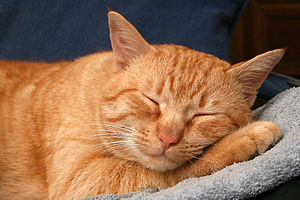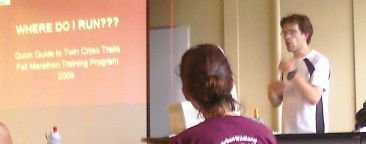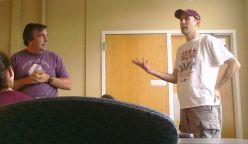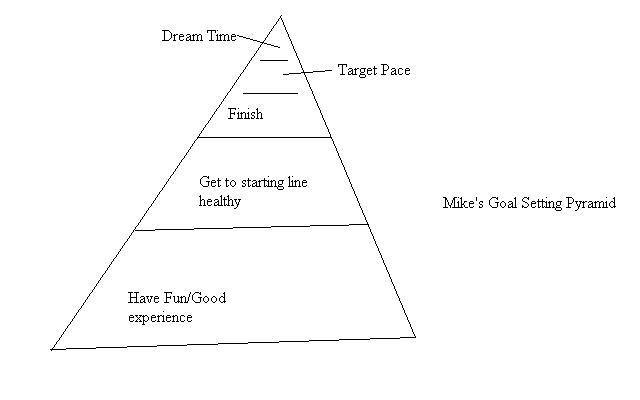I get to run every Tuesday and Saturday morning with a training group from the MDRA. However, if you don’t belong to a training group but are training for a fall marathon you might be interested in the below information from Lifetime Fitness. I received an e-mail from Lifetime Fitness Endurance, I’m guessing that TCM sold my e-mail address to them.
Dear Twin Cities Marathoners,We hope you are running strong and building your fitness towards the Twin Cities Marathon on Oct. 4, 2009! It’s time for those longer endurance building runs and we’d like to invite you to join members of the Life Time Fitness Run Club for some upcoming long runs in the month of August! This if absolutely FREE!Aug 22 – Eagan LTF, 7 am Start (16 miler, Run Lead is John Schueller. RSVP: jschueller@lifetimefitness.com) *Open to ALL Twin Cities Marathon Runners!Aug 29 – St. Louis Park LTF, 7 am Start (20 miler, Run Lead is Rebekah Mayer. RSVP: rmayer@lifetimefitness.com) *Open to ALL TCM Runners!
Please visit www.lifetimefitness.com for directions to the run start location. Email your Run Lead with any questions and to RSVP so that we know how many people to expect to run that day. Please arrive between 6:30-6:45 am as the runs will begin at 7 am sharp. Each workout will be supported with fluids and food, but we recommend that you come with your own water bottles. After the workout, join fellow runners for 25% off smoothies in the Life Cafe! We hope you can join us and everyone is invited!
On behalf of every endurance athlete and coach on staff at Life Time Fitness, I’d like to wish you the very best of luck with your training and on race day. And don’t forget to visit our new and improved running website by clicking HERE or visiting http://lifetimefitness.mylt.com/community/running/Train smart and train safe,Coach Troy JacobsonNational Director – Endurance TrainingLIFE TIME FITNESS, INC.
 |
![Reblog this post [with Zemanta]](https://i0.wp.com/img.zemanta.com/reblog_e.png?w=625)






